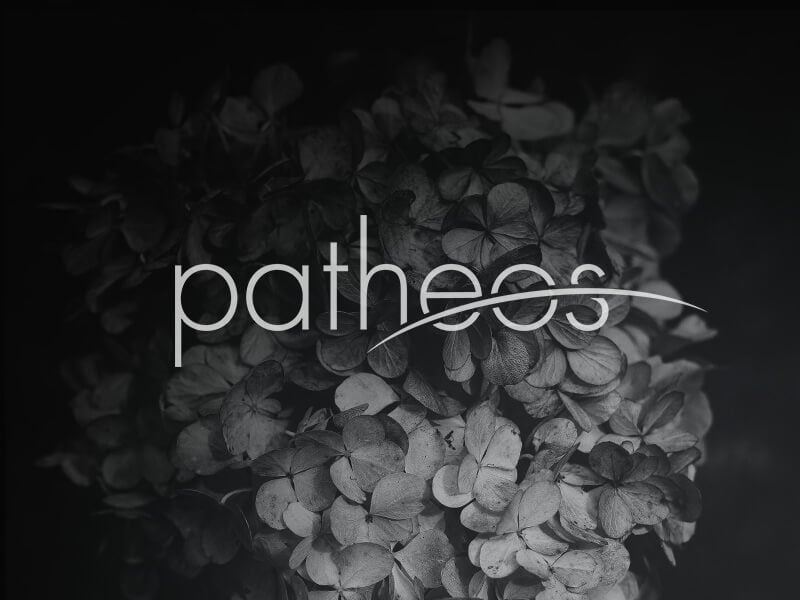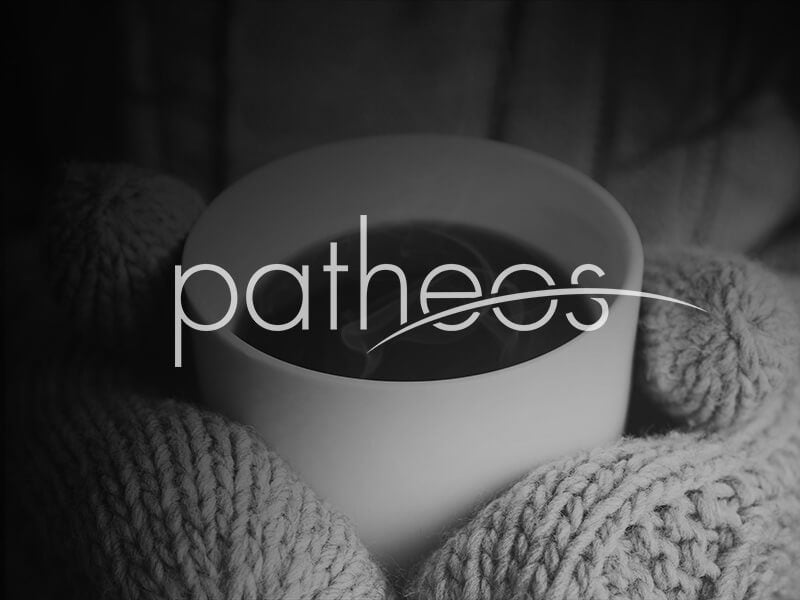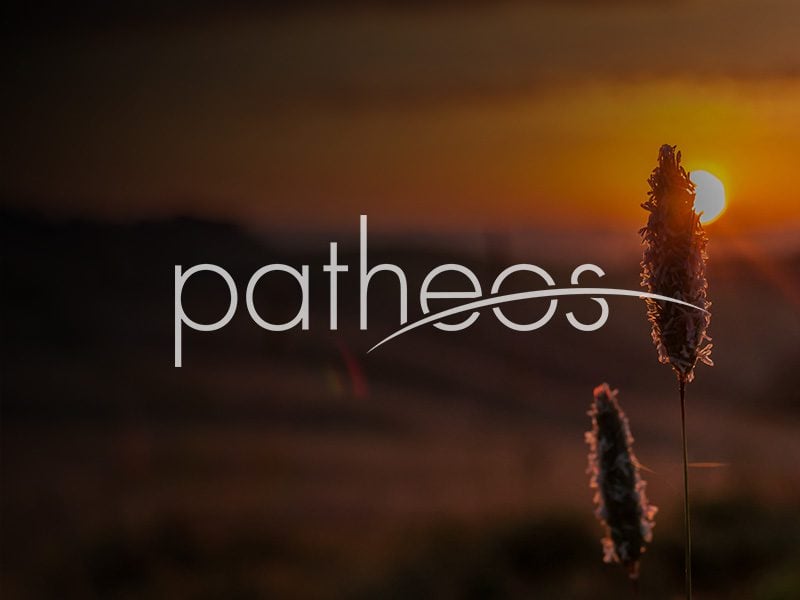Victor Zuckerkandl points out that Western music since the 17th century has been measured music, that is, music in which beats are organized into groups, into measures. This innovation in musical organization creates a complex rhythmic situation. At one level, there is a recognizable beat running through a piece of music, and this beat is organized into regular clusters of beats. Yet, the tones that make up the melody of the piece do not match the beats in a one-for-one... Read more



















